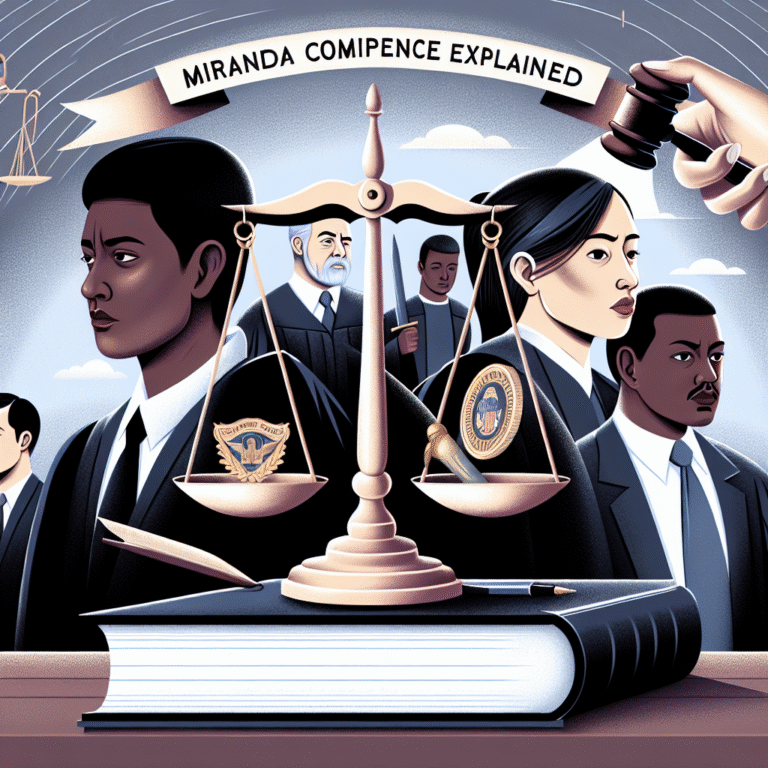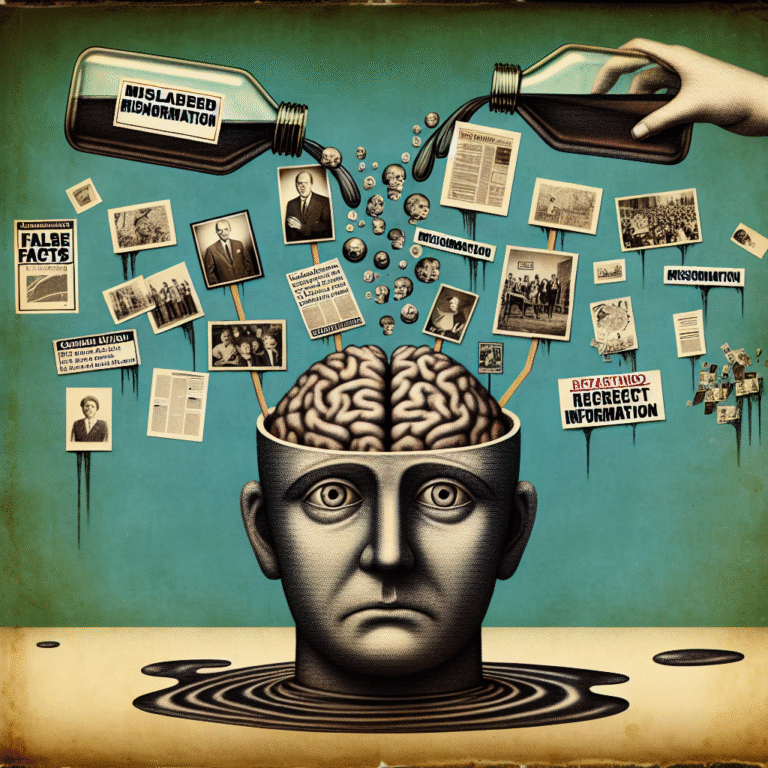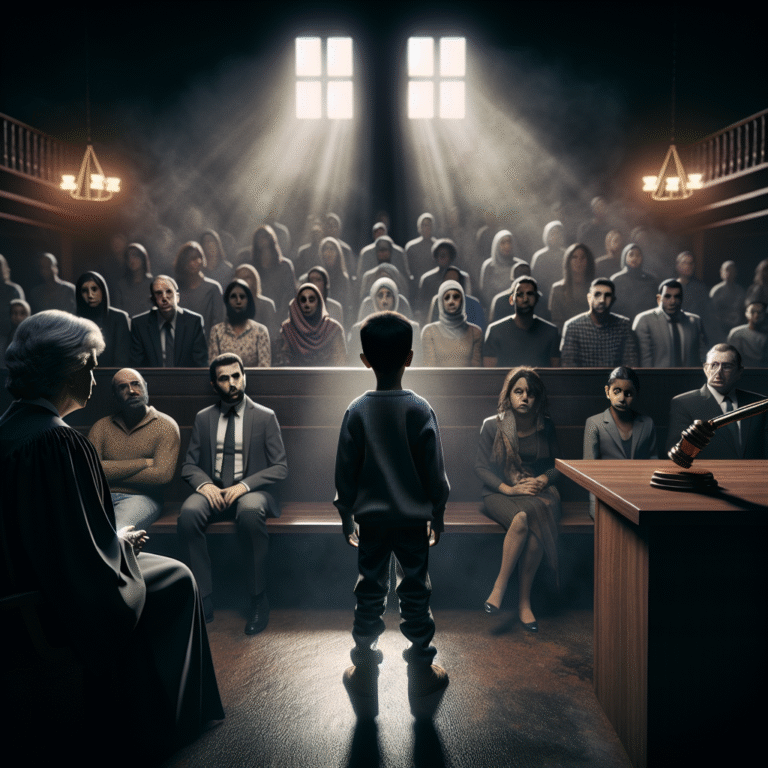
Introduction
In the labyrinth of criminal justice, the insanity defense remains one of the most controversial and complex legal strategies. As we navigate the twisted roads of the insanity defense, one wonders: how does society balance justice for victims with the rights and mental health of the accused? This proposition raises ethical questions, legal implications, and societal responsibilities. This article dives deep into landmark cases that have shaped the landscape of the insanity defense, aiming to provide insights that will enhance your understanding of this multifaceted topic.
Understanding the Insanity Defense
Before we embark on our journey through landmark cases, it’s crucial to lay a foundation for understanding what the insanity defense entails. Essentially, the insanity defense is a legal doctrine that allows a defendant to argue that they were not in a sound state of mind when they committed a crime. As a result, they should not be held criminally responsible for their actions.
Legal Standards for Insanity
The legal standards for the insanity defense can vary widely, but the most prominent tests include:
- M’Naghten Rule: The defendant must prove that, at the time of the crime, they were suffering from a severe mental disorder that prevented them from understanding the nature of their act or knowing that it was wrong.
- Irresistible Impulse Test: Focuses on whether the defendant lacked the willpower to control their actions because of mental illness.
- Durham Rule: A now largely abandoned test, which stated that a defendant is not criminally responsible if their unlawful act was the product of mental illness.
Understanding these critical standards will help frame our discussion as we explore landmark cases illuminating the insanity defense.
Landmark Cases in Insanity Defense
1. The Case of Daniel M’Naghten (1843)
To begin our journey, we cannot ignore the seminal case of Daniel M’Naghten, which established the M’Naghten Rule. M’Naghten, a British man, killed Edward Drummond, believing he was assassinating the Prime Minister.
Importance and Analysis
The court ruled that M’Naghten was not guilty by reason of insanity, setting a precedent for determining mental competence. M’Naghten’s case illuminated the judicial system’s need to distinguish between heinous acts driven by mental illness and deliberate criminal intent. This case emphasized the moral question: should one be punished for actions taken under conditions of severe mental disturbance?
2. The Case of John Hinckley Jr. (1982)
Fast forward to the United States, where the attempted assassination of President Ronald Reagan by John Hinckley Jr. brought the insanity defense back into the spotlight. Hinckley was diagnosed with schizophrenia and claimed his motivation was to impress actress Jodie Foster.
Importance and Analysis
Hinckley was found not guilty by reason of insanity. This landmark case led to widespread outrage and prompted many states to reform their insanity defense laws, reflecting a societal demand for accountability. It highlighted the public’s perception of mental illness and how it can skew the legal process, revealing a broader conversation about media influence and public attitudes toward crime and punishment.
3. The Case of Andrea Yates (2001)
In a deeply tragic case, Andrea Yates, a mother from Texas, drowned her five children in the bathtub, believing she was saving them from eternal damnation. Yates had a history of severe mental illness, including postpartum psychosis.
Importance and Analysis
Initially convicted of murder, her case was retried, and she was found not guilty by reason of insanity. The discourse surrounding Yates’ case sparked intense discussions about mental health, motherhood, and the nuances of the insanity plea in court. This case represents a chilling reminder of the long-lasting impacts of untreated mental illness, inviting empathy and understanding rather than mere outrage.
4. The Case of Jared Loughner (2011)
Jared Loughner, who killed six people and injured many others during a shooting spree in Tucson, Arizona, also found himself at the center of an insanity defense debate. Diagnosed with schizophrenia, Loughner was deemed incompetent to stand trial for a significant period.
Importance and Analysis
Eventually, he was committed treatment but later pled guilty and accepted a life sentence. The Loughner case intensified discussions on gun control, mental health resources, and how society can better intervene before tragedies occur. It also illustrated the difficult balance courts face in determining sanity and public safety.
5. The Case of James Holmes (2015)
James Holmes infamously opened fire in a packed Colorado movie theater, killing 12 people and injuring dozens more. His defense team argued that he was mentally ill, and he was later diagnosed with severe mental disorders.
Importance and Analysis
Holmes was found guilty but was given life imprisonment instead of the death penalty, reflecting the complexities of the legal system when mental health is at play. Holmes’ case brought forth discussions about societal obligations to treat mental health conditions, as well as the consequences of failing to do so. This case serves as a modern reminder of the challenges surrounding the insanity defense in high-profile cases.
The Implications of the Insanity Defense
Societal Perceptions and Media Influence
The intersection of mental illness and the legal system brings forth societal perceptions that are often swayed by media portrayals. Notably, high-profile cases like Hinckley’s and Holmes’ can distort public understanding of mental illness, leading to stigma and discrimination.
Reforming Insanity Defense Laws
Landmark cases have not only shaped public perception but have also influenced legislative reforms across various jurisdictions. This reflects a growing recognition of the importance of mental health and how justice systems address insanity pleas.
Tables: Overview of Key Landmark Cases
| Case | Year | Verdict | Legal Impact |
|---|---|---|---|
| Daniel M’Naghten | 1843 | Not guilty by reason of insanity | Established M’Naghten Rule |
| John Hinckley Jr. | 1982 | Not guilty by reason of insanity | Sparked reforms in insanity defense laws |
| Andrea Yates | 2001 | Not guilty by reason of insanity | Highlighted the role of mental health |
| Jared Loughner | 2011 | Deemed incompetent for trial | Triggered discussions on gun control |
| James Holmes | 2015 | Guilty; sentenced to life | Raised awareness around mental health |
Conclusion
Navigating the twisted roads of the insanity defense reveals a legal landscape fraught with complexities, ethical dilemmas, and evolving societal attitudes. Landmark cases throughout history have expanded our understanding of mental illness and its impact on criminal responsibility.
As we strive for a more compassionate society, it’s essential to continue addressing mental health with the seriousness it deserves. The pursuit of justice must not overlook the nuances of human psychology. A collective commitment to educating ourselves and advocating for mental health resources can lead to a more just and equitable world.
FAQs
1. What is the primary purpose of the insanity defense?
The primary purpose of the insanity defense is to exempt individuals from criminal responsibility when they lack the capacity to understand their actions due to severe mental illness.
2. How does the M’Naghten Rule function in legal contexts?
The M’Naghten Rule stipulates that a defendant may be found not guilty by reason of insanity if they were unable to know the nature of their act or that it was wrong due to a mental disorder.
3. Are all states in the U.S. required to use the same standards for the insanity defense?
No, states have differing rules and standards regarding the insanity defense, which can complicate how such cases are adjudicated across the country.
4. How does media representation impact public perception of defendants who use the insanity defense?
Media portrayal often sensationalizes cases involving the insanity defense, causing public misunderstanding and stigma surrounding mental illness, leading to calls for stricter legal standards.
5. What reforms have been implemented following high-profile insanity defense cases?
Various states have introduced reforms aimed at tightening the criteria for the insanity defense, enhancing mental health treatment options, and increasing public accountability regarding mental health care.
By understanding the intricacies of these landmark cases, we can navigate the tangled roads of the insanity defense with greater insight, compassion, and a commitment to equitable justice.

















